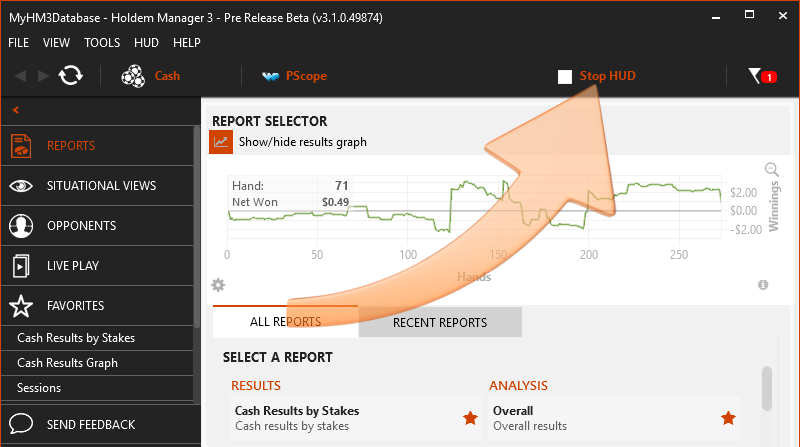
Psychological theories vary in defining memory bias. To confirm their current beliefs, people may remember/recall information selectively.

All subjects were provided with the same two studies, and after reading the detailed descriptions of the studies, participants still held their initial beliefs and supported their reasoning by providing “confirming” evidence from the studies and rejecting any contradictory evidence, or considering it inferior to the “confirming” evidence (Lord, Ross, & Lepper, 1979).

It included participants who were in support of and others who were againstĬapital punishment. When provided with the same evidence, people’s interpretations could still be biased.īiased interpretation is shown in an experiment conducted by Stanford University on the topic of capital punishment. Various experiments have shown that people tend to not change their beliefs on complex issues even after being provided with research because of the way they interpret the evidence.Īdditionally, people accept “confirming” evidence more easily and critically evaluate the “disconfirming” evidence (this is known as disconfirmation bias) (Taber & Lodge, 2006). This type of bias explains that people interpret evidence with respect to their existing beliefs by typically evaluating confirming evidence differently than evidence that challenges their preconceptions. Though such evidence of the confirmation bias has appeared in psychological literature throughout history, the term ‘confirmation bias’ was first used in a 1977 paper detailing an experimental study on the topic (Mynatt, Doherty, & Tweney, 1977). Its results showed that the subjects chose responses that supported their hypotheses while rejecting contradictory evidence, and even though their hypotheses were not correct, they became confident in them quickly (Gray, 2010, p. One of the early demonstrations of confirmation bias appeared in an experiment by Peter Watson (1960) in which the subjects were to find the experimenter’s rule for sequencing numbers.



 0 kommentar(er)
0 kommentar(er)
